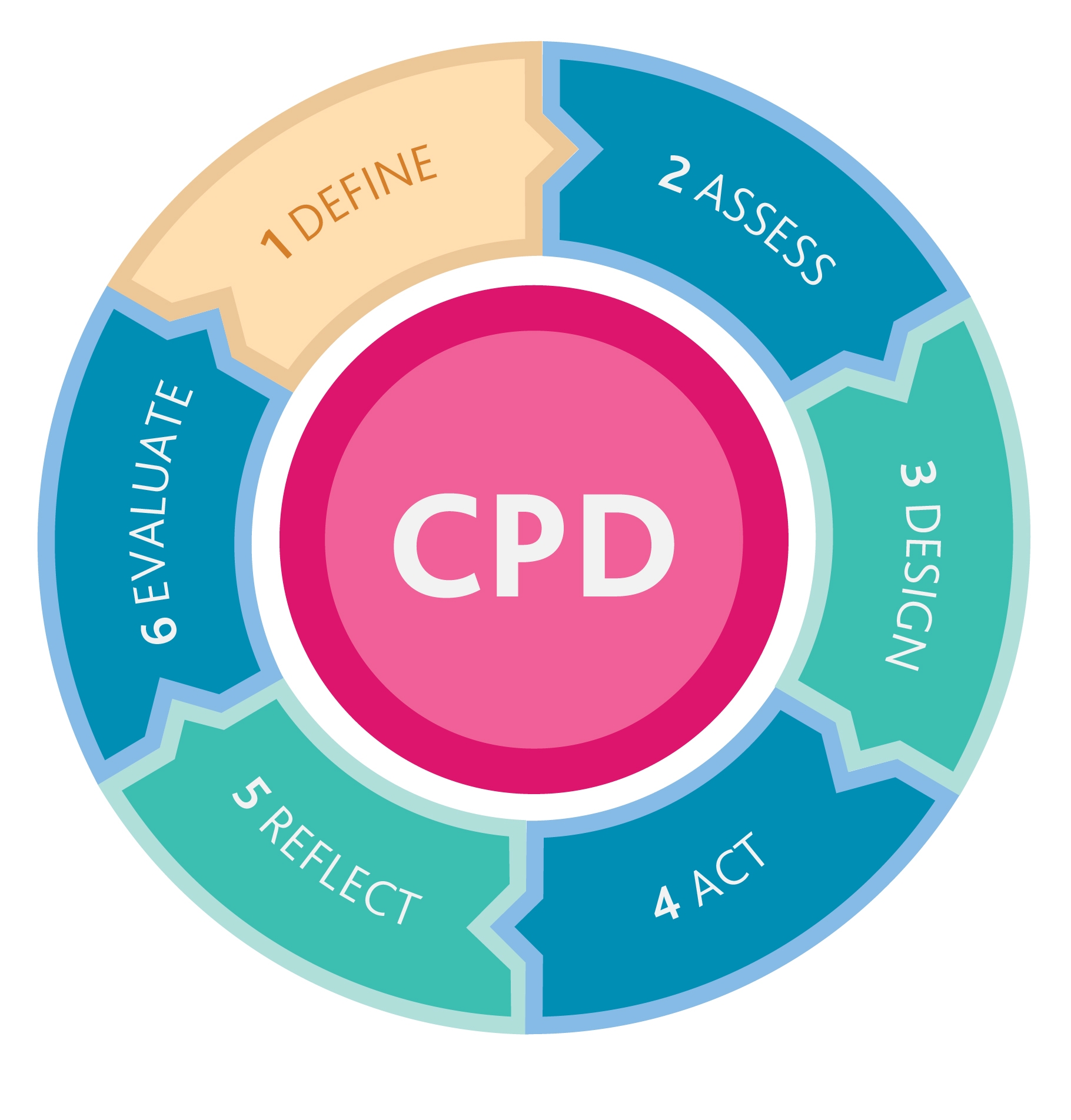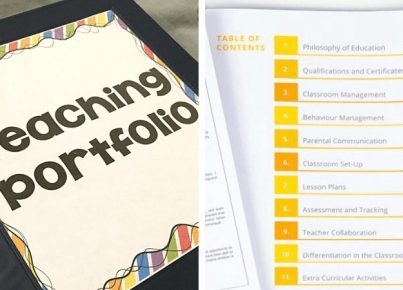Introduction:
Continuous Professional Development (CPD) is an essential aspect of maintaining and enhancing the knowledge and skills needed to excel in today’s competitive and rapidly evolving job market. Many organizations and professionals are questioning what constitutes effective CPD. In this article, we will discuss key findings on effective CPD methods and strategies, offering insights into optimal learning methods for professionals across various industries.
1. Relevance to Professional Needs:
Effective CPD practices focus on addressing the specific needs, goals, and aspirations of professionals. This involves clearly identifying areas that require improvement, as well as engaging professionals in the process of setting learning objectives and selecting the most appropriate activities.
2. Reflection and Self-Assessment:
Implementing reflection and self-assessment components in continuous professional development allows for more effective learning by providing professionals with an understanding of their strengths, weaknesses, and areas requiring improvement. By regularly reflecting on their practice, individuals can better develop targeted skills that ultimately lead to improved job performance.
3. Personalized Learning Plans:
Customization is key when it comes to providing tailored learning experiences that meet individual needs and preferences. Effective CPD strategies should involve personalized learning plans that factor in a professional’s unique circumstances, ensuring they receive training directly relevant to their development.
4. Regular Evaluation:
Regular evaluation is crucial in determining the effectiveness of CPD activities. Professionals should set milestones for their professional development journey, measuring progress through regular assessments to ensure they are achieving desired outcomes.
5. Blended Learning Approaches:
Incorporating digital tools into traditional face-to-face CPD allows for flexibility, adaptability, and accessibility while providing opportunities for collaboration among professionals. Blended learning also offers innovative methods for content delivery, including gamification, immersive technologies like virtual reality (VR), augmented reality (AR), and online communication platforms for networking.
6. Support Networks:
Research suggests that peer support networks contribute significantly to the effectiveness of CPD practices. Creating communities where professionals can share their experiences, collaborate, and provide mutual support plays a critical role in enhancing learning and professional growth.
7. Feedback and Mentoring:
Constructive feedback and mentoring from experienced colleagues or supervisors can significantly improve a professional’s learning and development journey. Mentoring relationships help individuals to develop new skills, increase their professional networks, and stay inspired.
Conclusion:
Continuous professional development is vital for maintaining relevance in today’s fast-paced work environment. Effective CPD practices include providing relevant training opportunities, enabling professionals to regularly reflect on performance, offering personalized learning plans, and incorporating blended learning approaches into training programs. Additionally, support networks, feedback, and mentoring play significant roles in ensuring successful CPD outcomes. With these key findings in mind, organizations and professionals can implement effective strategies for continuous growth and development in their respective fields.



